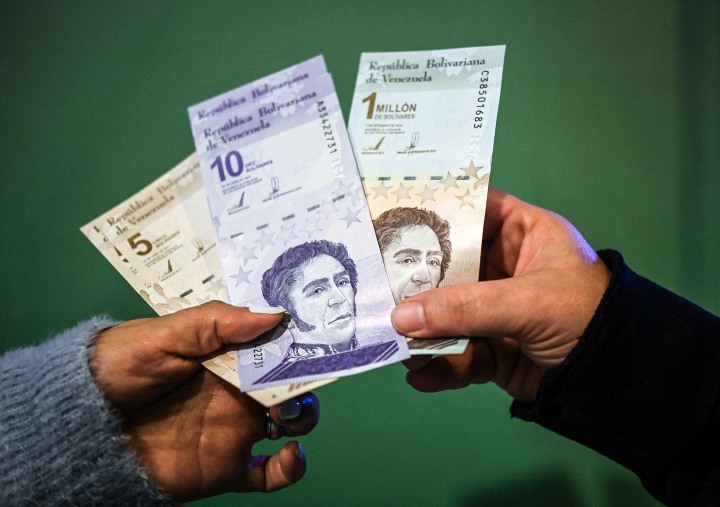The Devaluation of the Venezuelan Bolivar and the Dominance of the US Dollar

While the statement that “money has no value in Venezuela” is an exaggeration, the Venezuelan bolivar (VES) has suffered such severe devaluation due to hyperinflation that it now holds very little value. This ongoing economic crisis has fundamentally altered daily life and financial practices in the country.
The bolivar’s decline is rooted in runaway hyperinflation, which has caused prices to rise dramatically and consistently. In response, the Venezuelan government has been forced to enact multiple currency reforms, repeatedly redenominating the bolivar by removing a significant number of zeros to simplify transactions and make the currency more manageable. As a direct consequence of this severe loss of value, foreign currencies, particularly the US dollar, have become the preferred medium of exchange for most daily transactions in Venezuela, largely displacing the bolivar.
The economic crisis continues to exert a heavy toll on the population. Despite some reported abatement of hyperinflation, the majority of households still struggle with poverty, as incomes remain insufficient to purchase basic necessities.
This has also led to a significant scarcity of essential goods. The worthlessness of the bolivar has even resulted in citizens finding alternative uses for the currency, with some people crafting banknotes into art and selling the creations to tourists, often fetching a higher value for the artwork than the face value of the currency itself.









